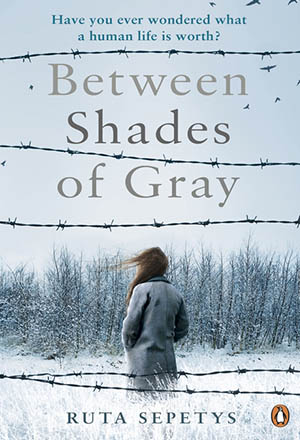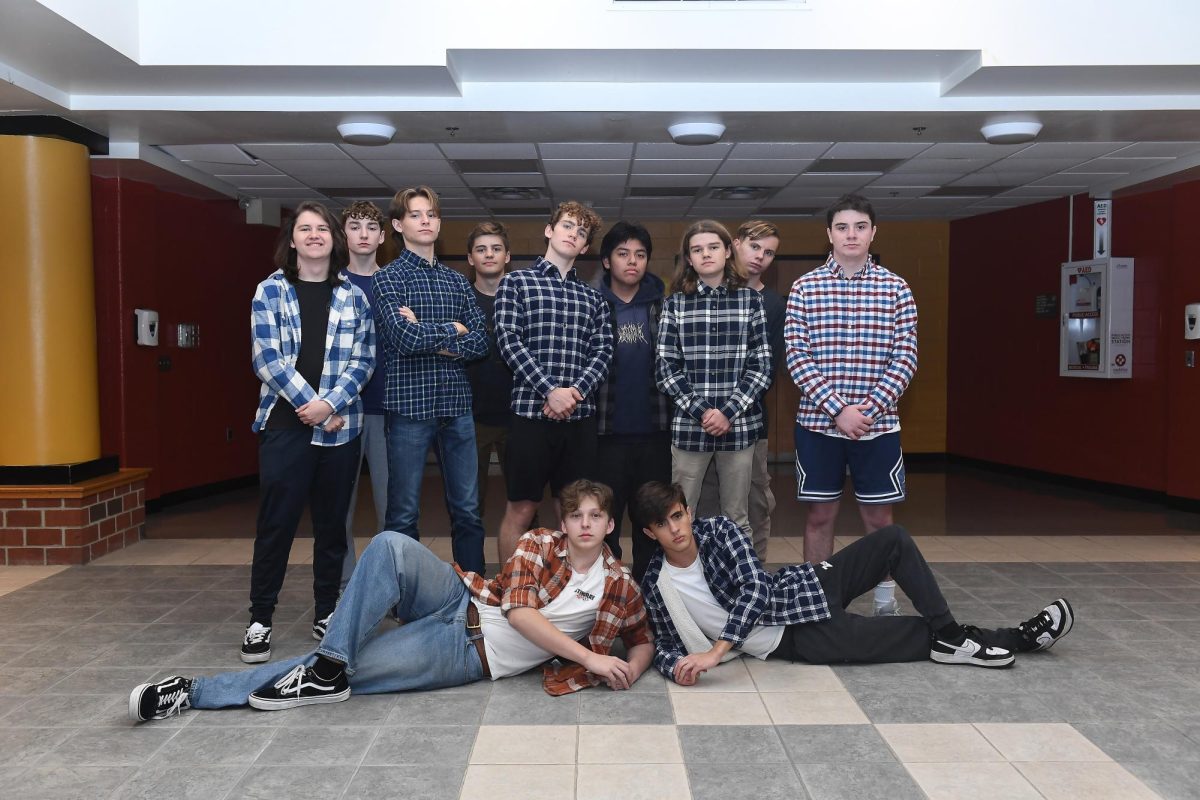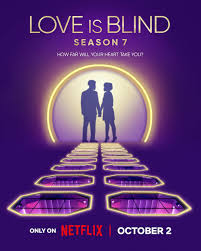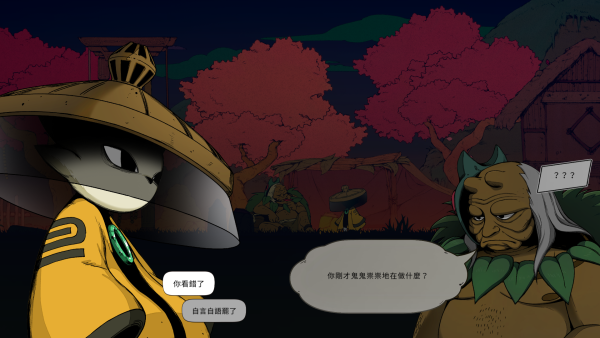Book Review: Between Shades of Gray
“Have you ever wondered what a human life is worth?
That morning, my brother’s was worth a pocket watch.”
– Ruta Sepetys, Between Shades of Gray
*spoiler free*
At once an engrossing, accessible, and necessary read, I would recommend Ruta Sepetys’ Between Shades of Gray to any CHS student.
Set during World War II, the young adult novel follows Lina Vilkas as the Soviet soldiers occupying Lithuania force her family from their home. Throughout the narrative, they are sent across Siberia and into a series of prison camps.
So, why does this book stand out?
For one thing, the novel covers an aspect of history that we are rarely, if at all, exposed to in class: the Soviet rule of the Baltic states and the Siberian prison camps they established for dissenters.
Such events remain veiled both due to the United States’ wartime alliance with the Soviets and to the establishment of Soviet satellite states in the Baltic after WWII — states wherein the KGB closely monitored survivors and punished them for speaking out about their experiences. Latvia, Lithuania, and Estonia would not even regain independence until the Soviet Union’s collapse in 1991.
As Sepetys herself writes in the “Author’s Note” of Between Shades of Grey, “the horrors they endured went dormant, a hideous secret shared by millions of people… Please research it. Tell someone.” Reading her novel is, naturally, a good means to start.
In fact, the survival of stories of oppression through art represents a major theme in the novel. Lina uses her sketches, passed along on a handkerchief, to try to reach her father when they are separated. She draws to capture the snakes she sees beneath the skin of an abusive commander, or to make Stalin into a caricature.
Art is the medium through which she processes, portrays and preserves her own emotions and those of her fellow prisoners. It is the plain humanity shown by this perseverance and compassion that immerses the reader in the world of the story.
“I lay down but couldn’t sleep. Each time I closed my eyes, I saw the painting of The Scream in my head, but the face was my face.”
Furthermore, Between Shades of Grey is worth reading for its skillful craft alone.
Lina’s flashbacks seamlessly blend past into present, catching on phrases or expressions in the narration of the latter that link back to scenes from the former. This transition mimics the way her mind may catch, as though symbolically choking upon, these memories of happier times, and this emotional juxtaposition stresses the torment that Lina endures.
One prisoner is referred to as “the repeater” for his habit of reciting unrealistic hopes, like the notion that the cross-Siberian trek would lead them to America, over and over again, and illustrates a psyche so broken down by the physical and psychological torture of imprisonment that it clings to such promises, playing them in a loop.
Even the officers of the NKVD, who arrest and mistreat Lina’s family, are not cardboard cutouts of one another. Some come to represent the potential for empathy within those who partake in an oppressive system — a connection found by acknowledging such systems’ tendency to find a “flaw” in everyone.
“A tiny sliver of gold appeared between shades of gray on the horizon. I stared at the amber band of sunlight, smiling.”
Ultimately, although the story begins and ends in suffering, it finds moments of hope within itself; it manages to encourage endurance and resistance without plastering over reality.
Between Shades of Gray reminds us that the purpose of art is not to build layers upon layers of double-meanings but rather to make a potentially-simple message striking enough for somebody to listen.


























